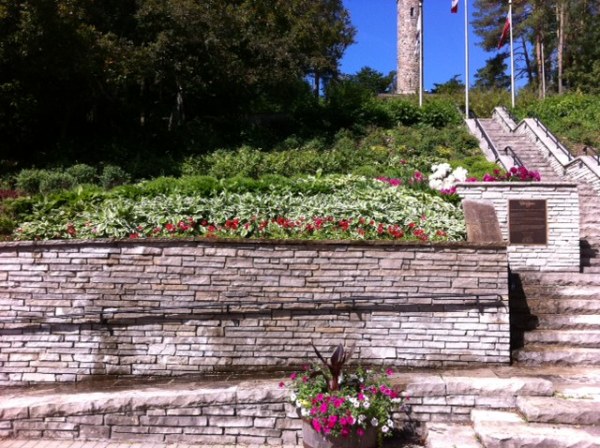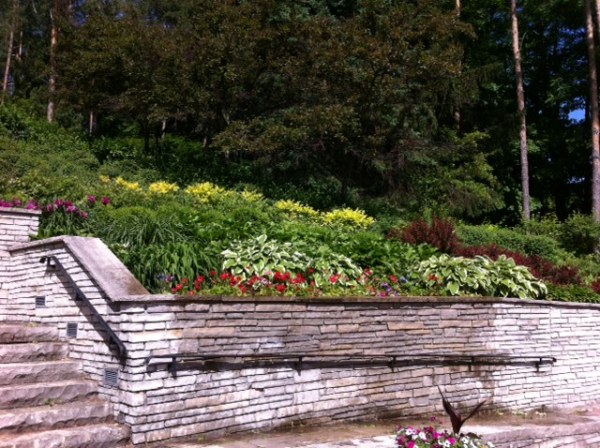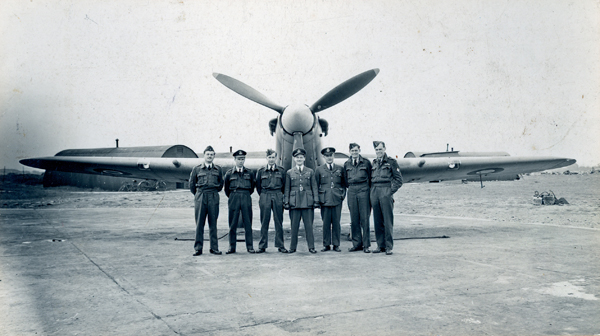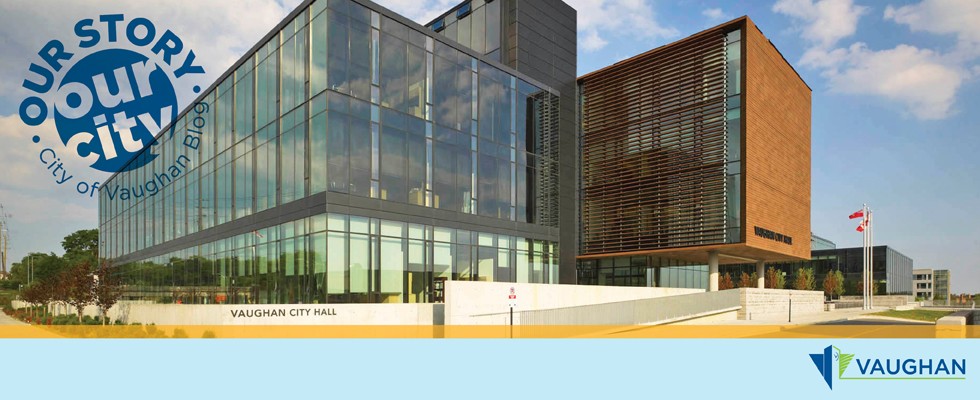 One-hundred Poppies to Mark 100 Years
One-hundred Poppies to Mark 100 Years
The City of Vaughan joins 85 municipalities to preserve the memory of those who have served and fallen
One-hundred poppies colour the gardens at Woodbridge Memorial Hill in a symbolic and poignant tribute that commemorates the 100th anniversary of the First World War.

The idea came to City Hall through Cobourg, ON resident Teresa Glover, who undertook to inspire towns and cities across the country to plant 100 poppies in public gardens to remember the men and women who served and sacrificed during the war.
Vaughan’s Parks and Forestry Operations department took the lead selecting the site and planting the poppy plants back in June.
“It was an honour to be asked and we were very pleased to participate in such a meaningful gesture,” said Jeffrey Childs, parks service manager for Parks and Forestry Operations. “Our hope is the poppies will continue to grow and serve as a reminder to our residents and visitors the importance of recognizing this day today and for years to come.”
Vaughan is one of 85 municipalities in Canada that has joined in the tribute.

In grateful memory of those who gave their lives
The Woodbridge Memorial War Tower — located off Wallace Street at Woodbridge Memorial Hill — was constructed in 1924 in honour of 26 soldiers from the Woodbridge community who gave their lives during the Great War from 1914-18:
| Brank Birch | James Borland | Fred Evans |
| Norman Fleming | George Grumble | W.S. Harris |
| Richard Harrison | William Haslam | D.R. MacKenzie |
| Beaton McGillivary | Pearcy McKay | Herbert Miller |
| Edward Morgan | John Morgan | Robert Rayside |
| Stanley Robb | Earnest Smith | Roy Taverner |
| Tex Tinkes | Stanley Warrel | Roy Warren |
| Christopher Watt | John Wilson | David Witherspoon |
| Wallace Wood | J.A. Wright |
The completion of the tower was a community effort involving volunteers and material donations from local builders and stone masons.

Poppies: a history
Don’t forget to pick up a poppy for Remembrance Day. Your donation will assist Canadian Forces vets and their families. It’s also important to understand the significance of the poppy.
Did you know:
- Lte.-Col. John McCrae of Guelph, ON is credited with the adoption of the poppy in Canada. Lte.-Col. John McCrae was a Canadian medical officer in the First World War and wrote In Flanders Field (source).
- The opium poppy and the Flanders poppy are different poppy species. The Flanders poppy, being native to France, grew naturally during the First World War in the fields of Flanders. The wreckage from the war made the soil rich in lime, allowing for the small red flowers to grow around gravesites of fallen soldiers (source).
- The poppy is worn on the left lapel on a jacket or shirt close to the heart and is immediately removed following the Remembrance Day ceremony (source).
- Last year, the Royal Canadian Legion distributed 18-million poppies, raising nearly $14.5 million for Canadian war veterans and their families (source).
- Donations received through the legion’s poppy campaign fund housing accommodations and care facilities, cadet units, senior services and day trips for veterans.
Vaughan Archives launches online exhibit
In commemoration of the 100th anniversary of the First World War and the 75th anniversary of the Second World War, the City of Vaughan Archives will be releasing a virtual exhibit in honour of the men and women from Vaughan (Vaughan Township and the Village of Woodbridge) who served and sacrificed in two of history’s greatest conflicts.
“The sacrifices and contributions of local residents to Canada’s war efforts during the two World Wars deserve to be remembered and honoured,” said Dan Zelenyj, city archivist.
The exhibit will be released on Remembrance Day on the City of Vaughan website.

Bomber defence training unit, 1943
Lest we forget.
![]()
Visit the City of Vaughan’s website at www.vaughan.ca.


